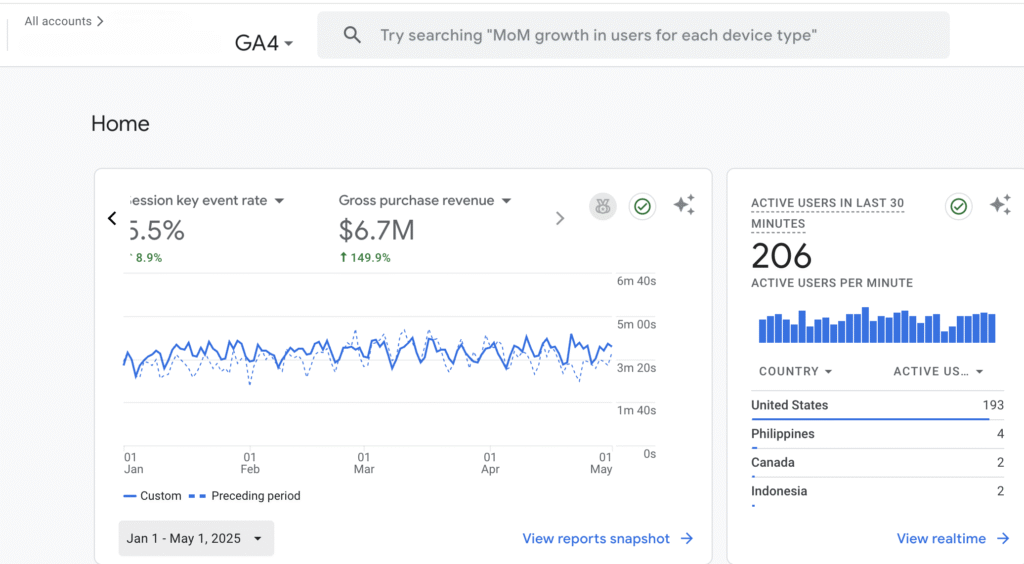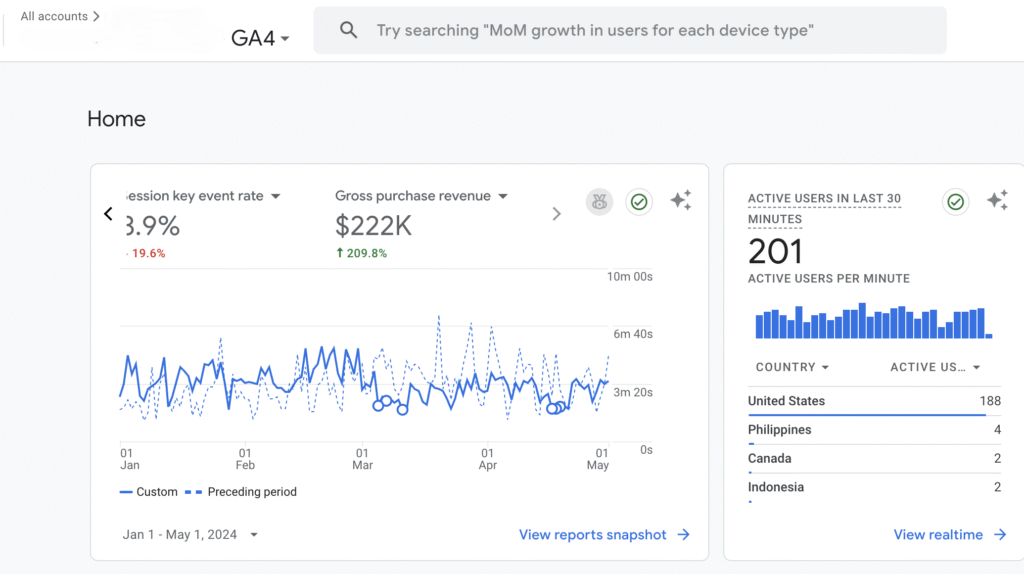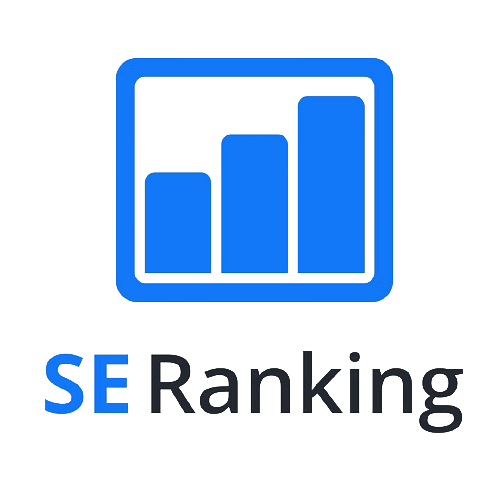New AI SEO Method That Ranks In 2025
The 2025 Algorithm Updates + AI has made traditional SEO obsolete.
If you’re considering investing in SEO, please watch the video below.
We’ll go over the following:
- Why traditional SEO Agencies purposely keep you stuck.
- How AI-First SEO beats traditional SEO and why it’s easier than ever to rank #1 on Google.
- How we’ve generated over $10M+ for our clients.
Why AI SEO Agency > Traditional SEO Agency
AI SEO takes all the best parts of traditional SEO and makes it 10x better through the scaling power of AI.
Here’s our formula below
SEO
We take the best
elements of traditional SEO
+ AI
And multiply it with the scalability and output of AI
=Profits
To create massive outputs that outrank existing brands

1000+ Happy Customers












Power of Traditional SEO
Did you know that 54% of all search traffic goes to the top 3 while positions 4-10 split the rest.
If you’re not in the top 3 results – your SEO efforts are wasted.
We’ve created a systemized process on how you can rank #1 on Google.
Power of AI Scaling
It’s all about how much you can output per day.
- 1 man can output 8 hours of work per day
- 2 men can output 16 hours of work per day
- AI + an SEO Team can output 160 hours of work per day
Backed By Latest Algorithm Update
Google just rolled out AI Overviews and adjusted their algorithm in 200+ countries.
Early data shows that websites outside are losing 34% of their clicks.
It’s time for you to grab SEO real estate now.
ROI Generated Tracked Via Google Analytics















